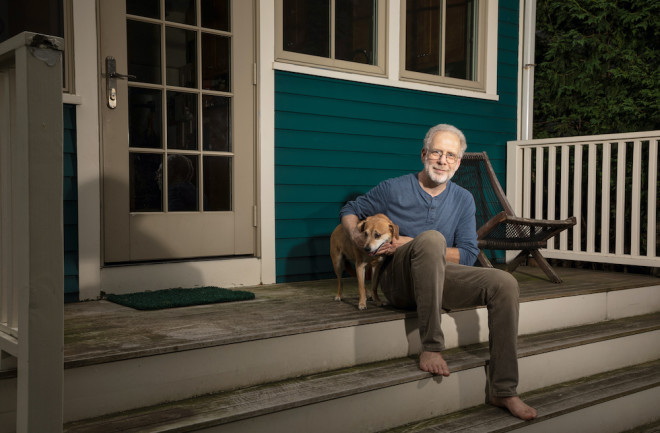This story was originally published in our Nov/Dec 2022 issue as "On Foot." Click here to subscribe to read more stories like this one.
Going places on foot isn’t a particularly glamorous way to get around. Sure, there are proven health, social and environmental benefits. But walking is … well, pedestrian, and for many running is a chore — or something you do when you’re late to catch a bus.
According to human evolutionary biologist Daniel Lieberman, though, those activities are central to understanding what makes us human. When our ancestors adapted to getting around on two limbs instead of four, that adjustment made its mark on nearly every part of the human body from head to toe (and even our butts).
Lieberman and his team at the Harvard University Skeletal Biology and Biomechanics Lab use evidence from the fossil record, biomechanics experiments in the lab and field research to develop models that explain the evolution of human physical activity. He has written two books on the subject for a general audience: The Story of the Human Body in 2014 and Exercised in 2021.







